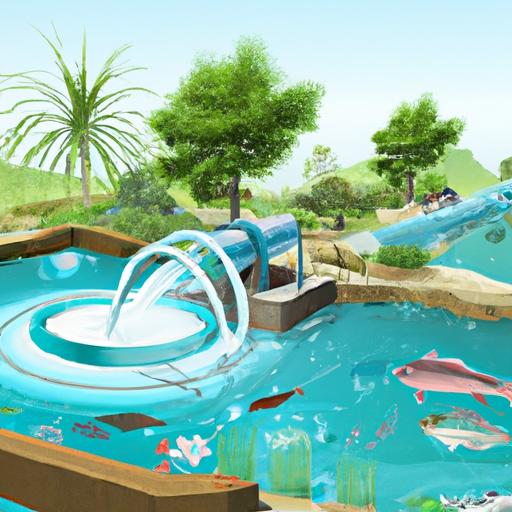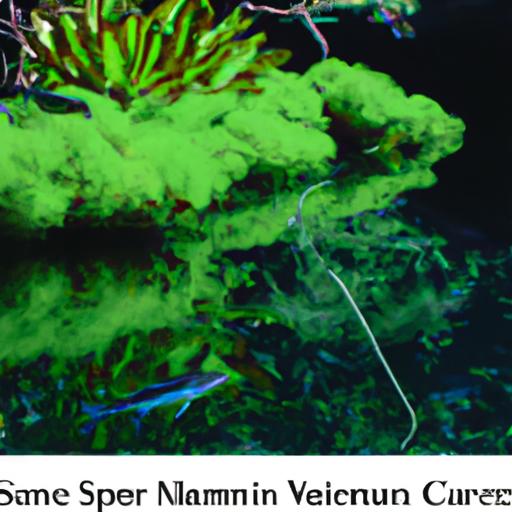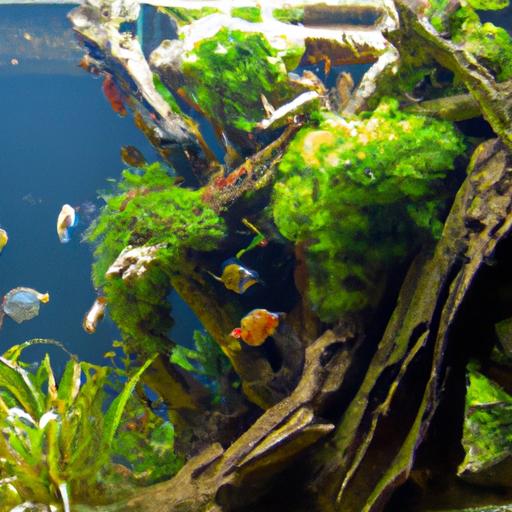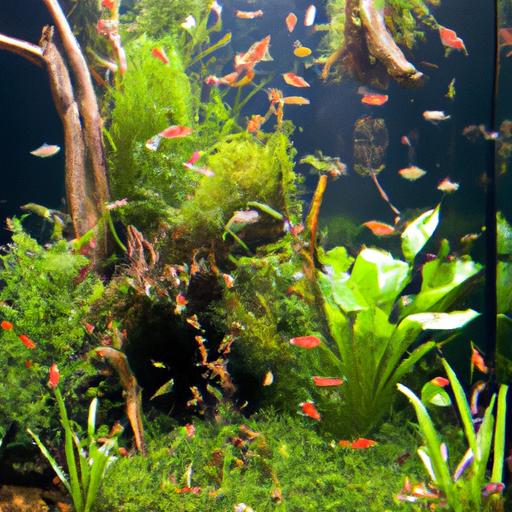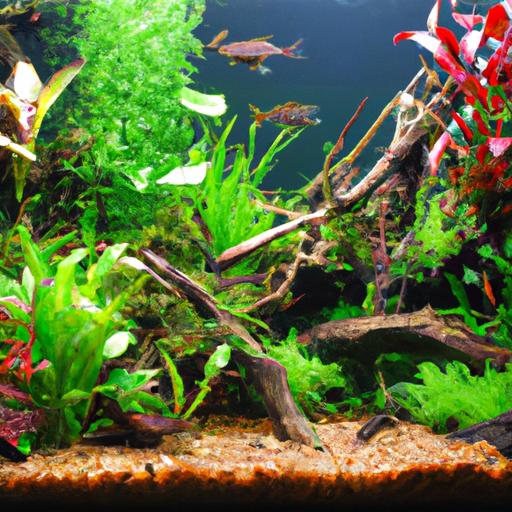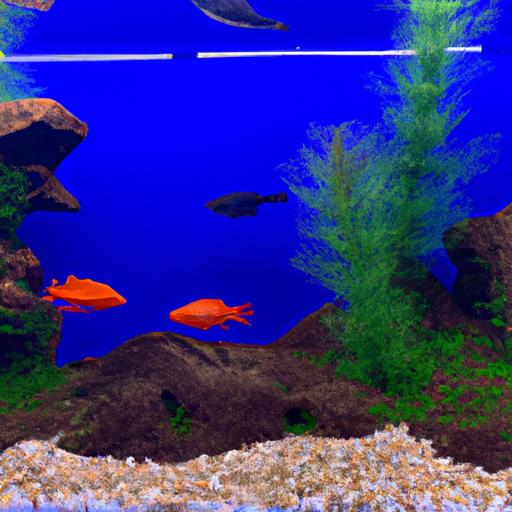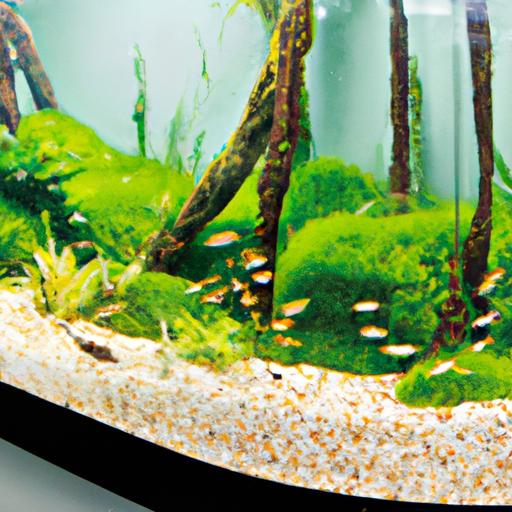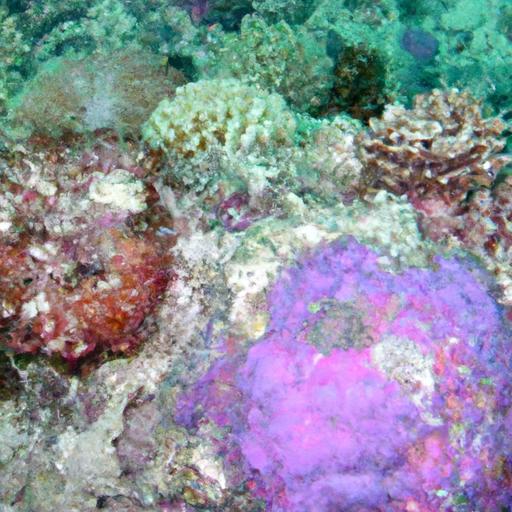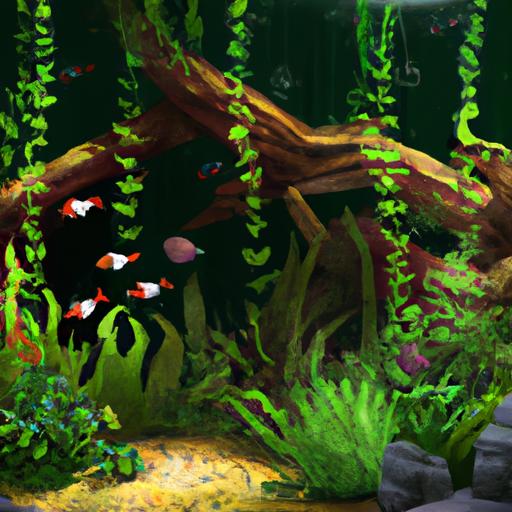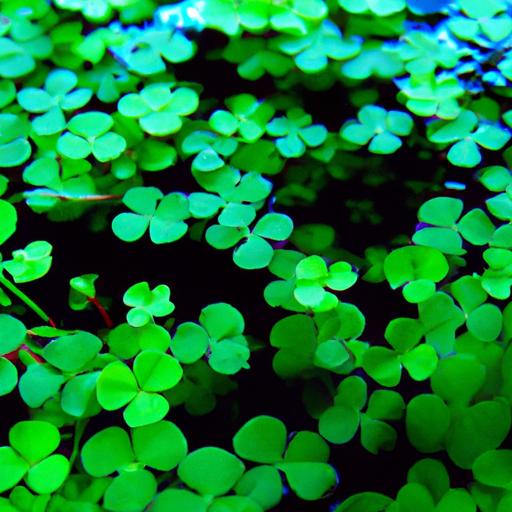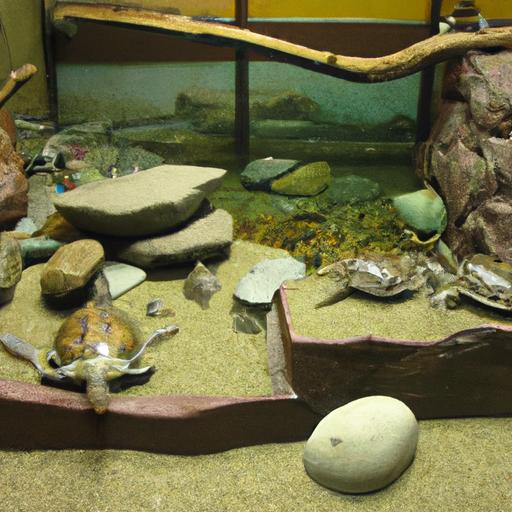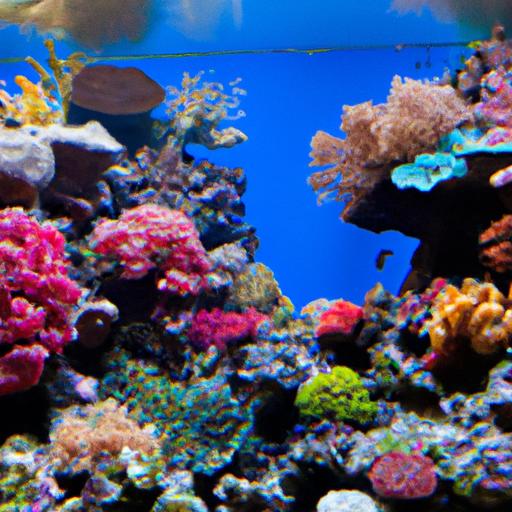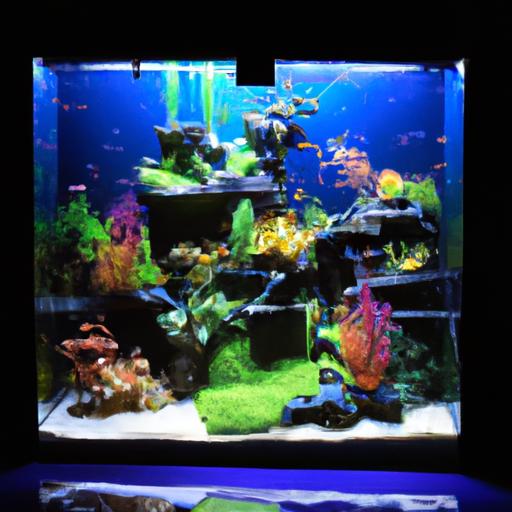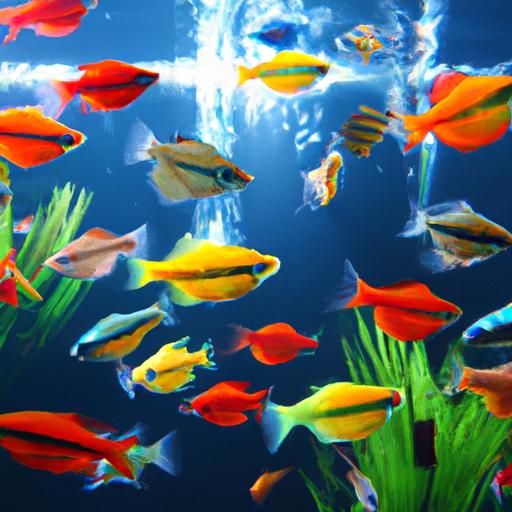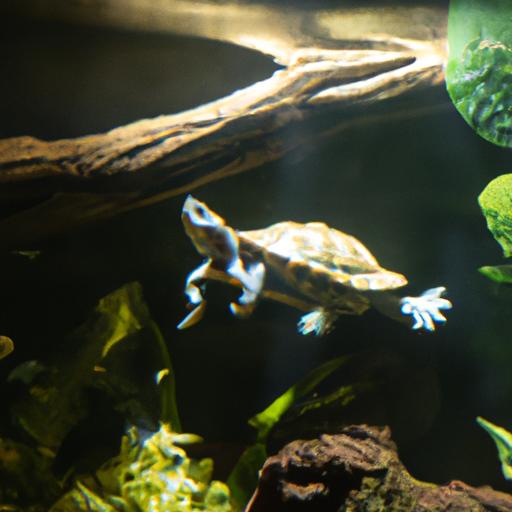
How to Maintain a Healthy Freshwater Turtle Environment
Learn the essential steps to maintain a healthy freshwater turtle environment. Discover how to regulate water quality, temperature, and provide a balanced diet.
Introduction
Are you a proud freshwater turtle owner? If so, you understand the importance of providing a suitable habitat for your shelled companion. Creating a healthy freshwater turtle environment is crucial for their overall well-being and longevity. In this article, we will explore the essential factors to consider when maintaining a healthy environment for your freshwater turtle. Let’s dive in!
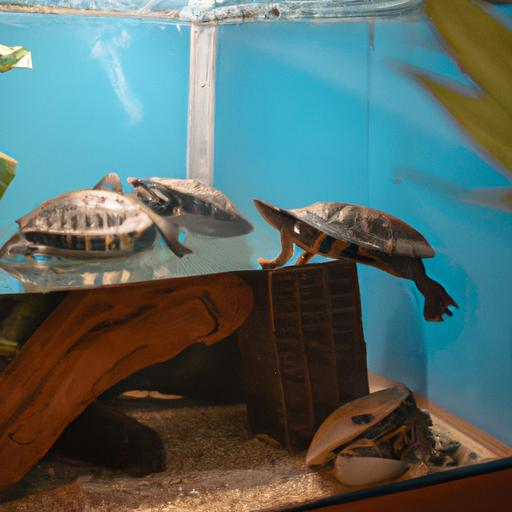
Factors to Consider for a Healthy Freshwater Turtle Environment
Water Quality and Temperature Regulation
The first step in creating a healthy freshwater turtle environment is maintaining optimal water quality and temperature. Turtles are highly sensitive to changes in their aquatic environment, so it’s vital to monitor and regulate these factors closely.
To ensure good water quality, invest in a reliable filtration system that can effectively remove impurities and maintain proper oxygen levels. Regular water changes are also essential to prevent the buildup of harmful substances. Aim for a water temperature between 75-85°F (24-29°C), as this range closely aligns with most freshwater turtle species’ natural habitats.
Adequate Space and Hiding Spots
Just like humans, turtles need their personal space! Providing adequate space within the tank is crucial for their physical and mental well-being. A general rule of thumb is to have at least 10 gallons of water per inch of turtle shell length. This allows them to swim, exercise, and explore their environment freely.
Additionally, turtles are naturally shy creatures and require hiding spots to feel secure. Incorporate various decorations, such as rocks, driftwood, and caves, to create hiding spots within the tank. These hiding spots not only provide a sense of security but also mimic their natural habitat.
Balanced Diet and Proper Feeding Practices
Maintaining a healthy diet is vital for your freshwater turtle’s growth and overall health. A well-balanced diet should consist of both animal and plant matter. Offer a variety of commercial turtle pellets, supplemented with fresh vegetables, fruits, and live or frozen prey like insects or small fish.
Remember to feed your turtle in a separate container to prevent uneaten food from contaminating the tank. Overfeeding can lead to health issues, so it’s essential to monitor the quantity and frequency of their meals. Consult a veterinarian or reptile specialist to determine the appropriate feeding schedule for your specific turtle species.
Frequently Asked Questions (FAQs)
What is the ideal water temperature for turtles?
The ideal water temperature for freshwater turtles typically ranges between 75-85°F (24-29°C). Maintaining this temperature range is crucial to support their metabolism, digestion, and overall well-being. Investing in a reliable water heater and thermometer will help you regulate and monitor the temperature effectively.
How often should the water be changed?
Regular water changes are necessary to maintain a clean and healthy freshwater turtle environment. As a general guideline, aim for partial water changes of 25-50% every two to four weeks. However, the frequency may vary depending on factors such as tank size, filtration system, and the number of turtles present. Test the water regularly using a water testing kit to ensure optimal water conditions.
What type of filtration system should be used?
Choosing the right filtration system is crucial to maintain optimal water quality. Canister filters or external power filters are highly recommended for freshwater turtle tanks. These filters are efficient in removing waste, debris, and harmful chemicals from the water.
It’s important to select a filter suitable for the size of your tank and the number of turtles you have. Ensure that the filter you choose provides mechanical, chemical, and biological filtration to keep the water clean and clear.
Can turtles be kept with other aquatic species?
While turtles can coexist with certain aquatic species, it’s essential to choose tankmates carefully. Some fish species, such as goldfish or guppies, can tolerate the turtle’s environment and cohabitate peacefully. However, turtles may view smaller fish as a food source, so it’s crucial to monitor their interactions closely.
Avoid keeping turtles with species that may harm or stress them, as this can lead to injuries or health issues. Research the compatibility of potential tankmates before introducing them to ensure a harmonious and stress-free environment.
How can I ensure my turtle gets a balanced diet?
To provide a balanced diet for your turtle, offer a combination of commercial turtle pellets, fresh vegetables, fruits, and live or frozen prey. Commercial turtle pellets should make up the majority of their diet and can be supplemented with leafy greens like kale, dandelion greens, and aquatic plants.
It’s important to vary their diet to ensure they receive all the necessary nutrients. Consult with a reptile veterinarian or specialist to determine the specific dietary requirements for your turtle species.
Conclusion
Maintaining a healthy freshwater turtle environment is crucial for the well-being of your shelled companion. By considering factors such as water quality, temperature regulation, space, hiding spots, and a balanced diet, you can create an ideal habitat that mimics their natural environment.
Remember to regularly monitor water conditions, provide appropriate space and hiding spots, and offer a varied and balanced diet. By implementing these practices, you can ensure your freshwater turtle leads a happy and healthy life.
For more information on turtle care, check out these helpful resources:
- Choosing the Right Substrate for Your Freshwater Turtle Tank
- Tips for Successful Freshwater Turtle Keeping
- Setting up a Freshwater Turtle Tank: Key Considerations
Remember, the well-being of your freshwater turtle is in your hands. Create a healthy environment, and enjoy the companionship of your aquatic friend for years to come!
